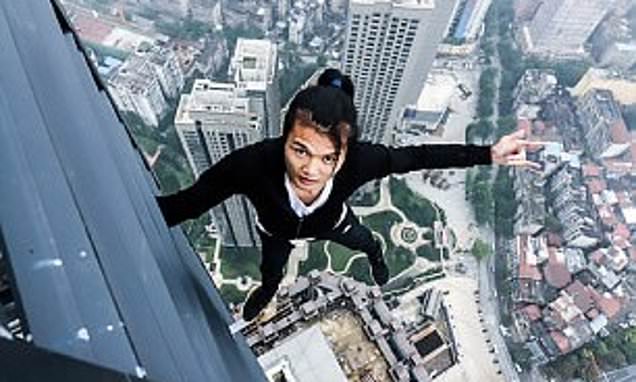
Wu Yongning, known as “China’s first rooftopper,” was a young social media star famous for his daring, often life-threatening stunts on the edges of skyscrapers. In November 2017, he attempted one of his riskiest feats yet, performing pull-ups off the side of the 62-story Huayuan International Centre in Changsha, Hunan province. Tragically, he lost his grip and fell, a moment that was inadvertently captured on camera. Wu’s death, confirmed by his girlfriend a month later, shocked fans and stirred debates about the risks taken for social media fame.


Wu had risen to fame on platforms like Huajiao, where he uploaded videos of himself scaling tall buildings and performing stunts without any safety equipment. He had accumulated millions of followers, drawn by his audacious performances and the suspense of each feat. According to his family, Wu’s final stunt was motivated by a cash prize he hoped to win, intending to use the money to fund his wedding and cover medical expenses for his mother.
The aftermath of Wu’s death highlighted issues of safety and responsibility in social media. His mother later sued Huajiao, the platform he often used, arguing that the company should have taken measures to warn him of the risks. In 2019, the Beijing Internet Court ruled in her favor, ordering Huajiao to pay 30,000 yuan (about $4,300) in compensation. The court found that Huajiao, which benefited from Wu’s content, had a duty of care to ensure users’ safety, particularly for dangerous activities. This ruling underscored the growing concerns over how live-streaming platforms might incentivize hazardous behavior for views and profit.
Wu Yongning’s story sparked a wider discussion in China and beyond about the role social media platforms play in encouraging potentially fatal stunts for online attention. As the live-streaming industry continues to grow, his tragic death serves as a sobering reminder of the real-life costs behind viral fame.
Leave a Reply